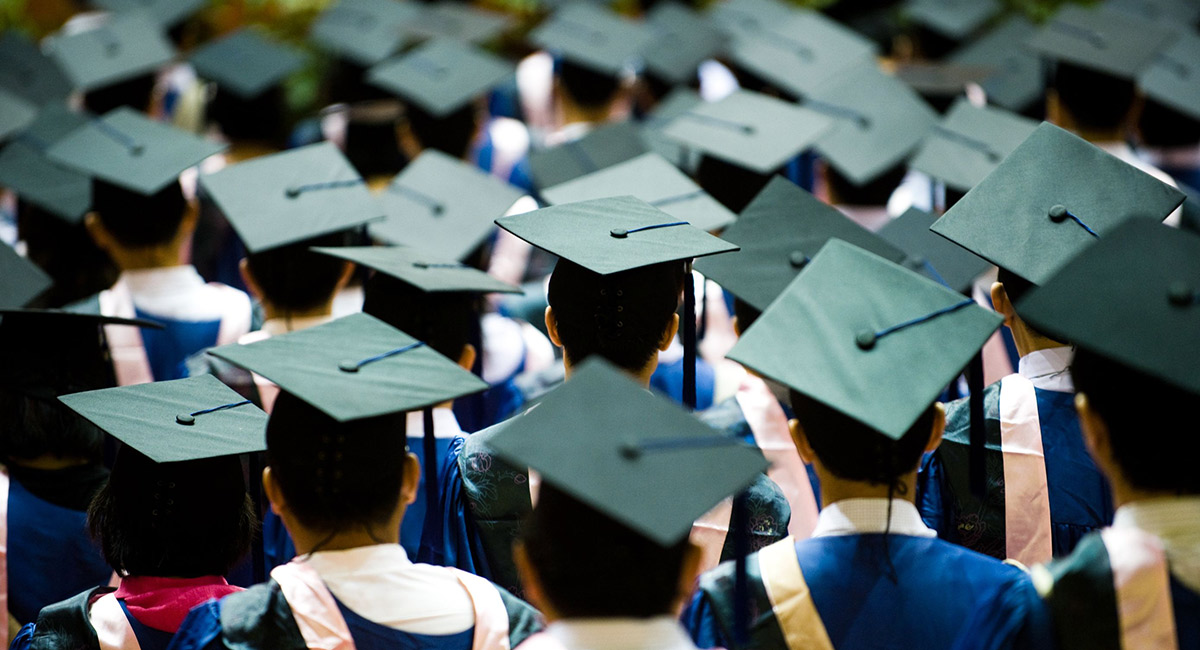Some 79% more men than women attended America’s colleges and universities when one of us (Mr. Vedder) was an undergraduate in 1959. Women now greatly outnumber men on campuses. The Journal reported recently that men now make up only about 40% of college students. From spring 2019 to spring 2021, the number of collegiate male students fell by more than 535,000, well over triple the modest 154,000 decline observed for women, according to National Student Clearinghouse data.
Between 1959 and 2021, the number of male students for every 100 women fell by an extraordinary 62%. The decline in the 1960s and 1970s can be explained as women simply catching up with men. But the decline in men on campus continued in the late 20th century, long after parity had been reached and gender equality had improved.
Why has this been happening? Here are four reasons. First, the initial surge in female enrollment is explainable by a rapid rise in female labor-force participation. Women realized that a successful career would be enhanced by a college education. Meanwhile, women are marrying later—at age 28 on average in 2020, up from 20.3 in 1960.
A dramatic drop in fertility has accompanied this trend. The birthrate today is slightly below 12 for every 1,000 people, about half the 23.7 in 1960. Labor-saving innovations in household management and child care—automatic washing machines, disposable diapers, inexpensive takeout restaurants—as well as new forms of birth control helped women pursue college degrees and achieve new vocational ambitions.
Second, labor-market shifts have played to women’s interests and strengths. Even in 1960, women played a large role in healthcare and education. Demand for workers in these service industries has increased far more than in historically male-dominated fields such as automobile and steel manufacturing or coal mining. In general, the importance of physical strength has declined as a credential for employment.
Third, women have, on balance, outperformed men academically. There are more men failing to graduate from high school than women. About half of women entering a four-year college graduate in four years, compared with only about 40% of men. The average collegiate grade-point average isn’t tracked regularly but, according to data from 2009, it’s about 3.10 for women, versus 2.90 for men. Men are also more likely to have disciplinary problems in college from things like bar fights or fraternity hazing.
Fourth, there are about 1.24 million more men who are incarcerated than women, largely preventing them from attending traditional college. Scholars such as Charles Murray have long demonstrated that expanded government entitlements following the Great Society era have reduced traditional family formation, reduced incentives to excel both in school and on the job, and increased crime.
America today is still largely led by college educated males. We looked at 200 corporate and political leaders—CEOs of the largest 100 companies in the Fortune 500 and the 100 U.S. senators. About 71.5% of them are men with a college education. Throughout history mostly educated men have run America—the last U.S. president without a college degree, Harry Truman, left office 60 years ago.
It’s great news that more women are going to college and entering positions of leadership in business, politics—including the vice presidency—and every imaginable corner of the culture. A woman will one day be elected president. That milestone, when it happens, should be celebrated. But men adrift—not keeping up in school, struggling to form families and succeed—will eventually have profound consequences on the nation’s economic prospects and political leadership.












